|
by Karen Lynn Ingalls So... just what is it that makes one painting work, and another one fall flat on its face (so to speak)? You know what I mean about that, don't you? You have the best of intentions, and it seemed like a good idea when you started, but the painting just isn't coming together, and you can't figure out why the heck not. Feels pretty frustrating, doesn't it? Chances are the painting has got a problem with its composition. And if a painting's composition isn't working, it doesn't matter how beautifully parts of it are painted. Those parts are like lipstick on a pig... no matter how nice the lipstick, underneath it's still a pig. (No offense meant to pigs. Really. Especially the little cute babies....) So here's one example of a composition study that isn't working. Can you see why? And, if you were to sum up its issues, could you sum it up in one word? Is it easier to identify why it isn't working when you look at it upside down? There are so many variables to take into consideration when you paint — there's line, there's color (although the study above isn't a color study), there's value, there are the relationships between the shapes in the painting, there are questions about drawing and whether the drawing works, and more.... Composition incorporates all of them. That's what we'll be focusing on in the workshop I'm teaching on October 25th and 26th, Create Compositions That Work, at the Calistoga Art Center, in Calistoga, California. Because if the composition ain't happy, ain't nobody happy.... And that's why we'll be looking at — to start with — the painter's intention; the two kinds of paintings, compositionally speaking, no matter what the subject matter, and how to identify and manage the elements of both kinds of paintings, and make them work. The same principles apply, whether you're looking at landscape paintings, still lifes, portraits, abstract work, or work in pretty much any other kind of genre. If you come, you'll go home with specific, practical tools and know-how that you can use to get out of, and avoid, those painting predicaments from here on out. Join us, and learn how to create compositions that work!
Here's the link to the workshop info: Create Compositions That Work. So, how would you sum up what isn't working in the composition study above — or why it's not working, if you only had one word to do it in? Here's the word I would choose to explain why it doesn't work: confusion. The painter hasn't decided what's important about the painting-to-be. Is it the sheep? The trees on the hill? The pattern of the rows? The painter hasn't decided. It's a decision that is absolutely foundational for the painting, and determines how the painter needs to handle everything as a result. Its lack causes confusion. Does that make sense? We'll talk more about it at the workshop.
2 Comments
2/8/2021 11:57:39 am
I'm glad you did! I hope it was helpful. 🙂
Reply
Leave a Reply. |
Karen Lynn IngallsI am a working artist in Napa and Sonoma Counties, in northern California. I paint colorist landscapes of rural California, teach art classes, workshops, and private lessons, live in Calistoga, and have my art studio in Santa Rosa, California. Archives
December 2023
Categories
All
|
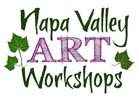
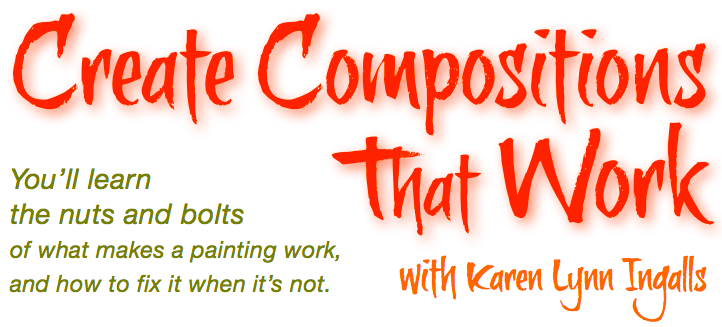
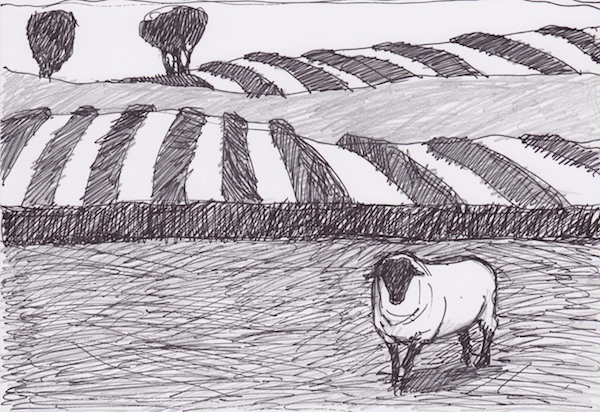
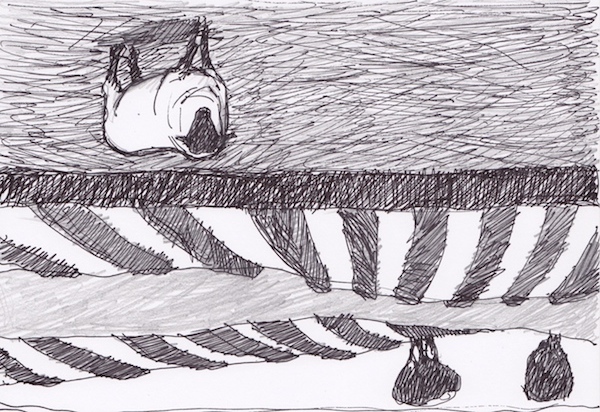
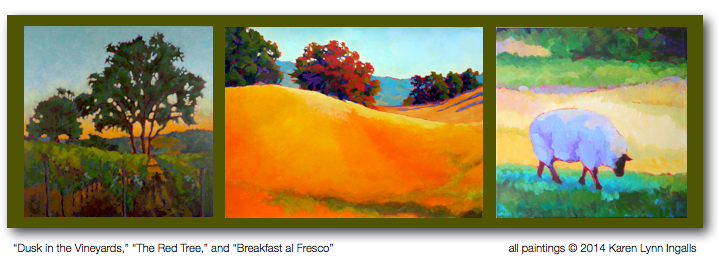

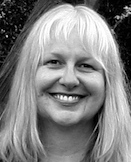
 RSS Feed
RSS Feed

